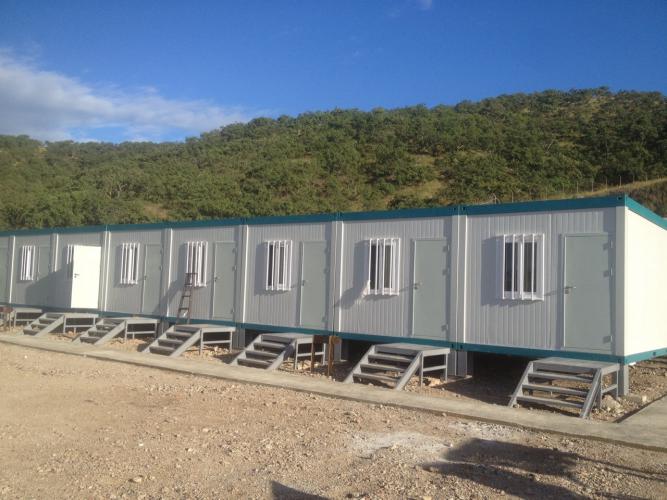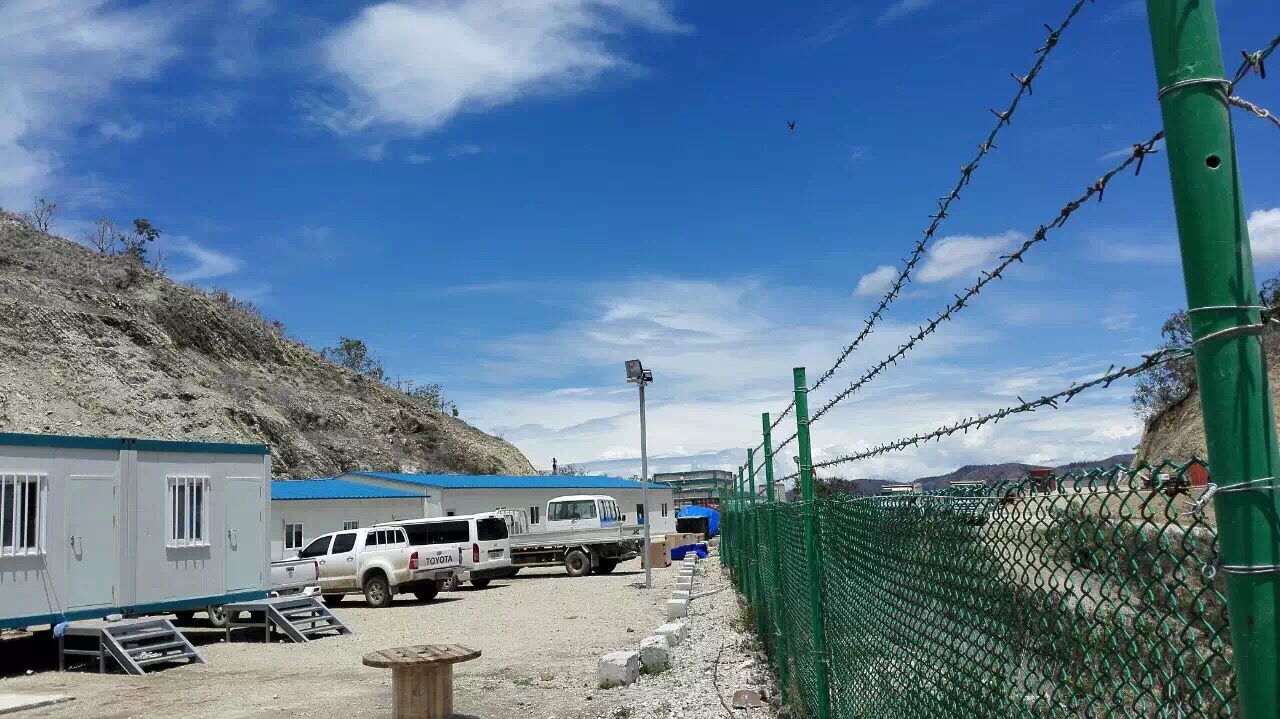In the last few decades, rapid industrialization and large-scale infrastructure projects have raised the challenge of accommodating fluctuating labor populations. Thousands of workers often migrate to remote areas to build roads, power plants, mining complexes, and mega-construction projects. One practical solution that has emerged to address these requirements is the concept of prefabricated labour camps, which combine speed of construction, flexibility, cost-effectiveness, and durability.
This article explores the importance of these camps, their benefits, potential challenges, and the evolving innovations driving their adoption across industries.
The Need for Temporary Worker Housing
Large projects in oil and gas, mining, transportation, and manufacturing frequently take place in areas far away from established urban centers. Workers need accommodation that is not only safe and sanitary but also dignified, allowing them to rest well and live comfortably after long hours of physically demanding labor.
Historically, such needs were met with makeshift shelters, tents, or rudimentary shacks built using locally available materials. While expedient, these structures often lacked insulation, ventilation, proper sanitation, or even structural stability. Over time, industries and governments began to realize that poor living conditions directly affect worker productivity, health, and retention.
In this context, prefabricated labour camps have become a preferred choice, offering a systematic and standardized way of housing large labor forces while maintaining efficiency.
What Are Prefabricated Structures?
Prefabrication refers to the construction of structural components in a factory setting, where quality control is easier to maintain. Once fabricated, these units are transported to the site for quick assembly. Components might include wall panels, flooring, roofing systems, windows, and sanitation units.
Prefabricated technologies are not entirely new; they became more widespread in the 20th century for affordable housing projects and military barracks. Over time, their application expanded to commercial complexes, schools, hospitals, and worker accommodations. Thanks to advances in modular design, insulation, and architectural engineering, the modern variants of prefabricated labour camps rival permanent housing in functionality while retaining their temporary, mobile qualities.
Advantages of Prefabricated Labour Camps
Speed of Construction
One of the most significant benefits is the rapidity with which housing units can be ready. A factory can manufacture modular units while site preparations are underway, reducing project delays. Once delivered, structures can be erected in days rather than months.
Cost Efficiency
Traditional construction requires extensive labor, raw materials, and on-site supervision. Prefabs streamline this by centralizing production. Bulk manufacturing reduces costs, and less on-site labor is needed. For companies overseeing large projects, this translates into substantial savings.
Portability and Flexibility
Unlike permanent housing, prefabricated units can be assembled, dismantled, and relocated as projects shift locations. This mobility is particularly useful in industries like mining or oil exploration, where a site may only be active for a defined period.
Health and Safety Compliance
Modern prefabricated designs incorporate proper ventilation, insulation, and weather protection. Camps can include sanitation areas, drinking water facilities, cafeterias, recreation zones, and even medical units. Ensuring decent living conditions helps companies comply with labor regulations and international standards.
Scalability
Whether housing fifty people or five thousand, designs can be adjusted quickly. Expansion is straightforward—modules can simply be added as the workforce increases.
Common Features
Not all prefabricated housing solutions are alike, but many labour camps share a handful of essential features:
Dormitories: Bunk-bed layouts or single-occupancy rooms depending on budget and hierarchy.
Sanitation Blocks: Toilets, showers, and laundry facilities built with water-efficient systems.
Mess Halls and Kitchens: Communal eating areas capable of handling large volumes of meals daily.
Recreation Areas: Halls, gyms, or outdoor courts to promote worker well-being.
Administrative and Security Units: Offices for supervisors, security fencing, and controlled entry points.
By integrating these elements, companies ensure not just shelter, but also a modest quality of life conducive to productivity.
Challenges and Criticisms
While prefabricated labour camps address many immediate housing problems, they are not without criticisms:
Overcrowding: If poorly planned, camps can become congested, leading to unhygienic conditions.
Maintenance: Prefabricated structures may require regular maintenance, especially in harsh weather. Cheaply made modules can deteriorate quickly.
Worker Well-Being: Merely providing physical shelter is not enough. Social isolation, cultural differences among workers, and long working hours still pose challenges.
Environmental Impact: The mass production of prefabricated components includes the use of steel, plastics, and insulation materials. If not managed sustainably, disposal after dismantling can create environmental burdens.
These issues highlight the importance of balancing efficiency with humanitarian and ecological considerations.
Innovation and the Future
The prefabrication industry continues to innovate:
Green Materials: Eco-friendly panels made from recycled materials and composite boards reduce environmental impact.
Smart Energy Systems: Solar panels, energy-efficient lighting, and water recycling systems minimize utility costs and carbon footprint.
Improved Design Standards: Ergonomically designed modules now account for air circulation, noise reduction, and even cultural preferences for how people live and eat.
Integration with Digital Technology: Monitoring occupancy, energy usage, and sanitation can now be done with IoT (Internet of Things) technology.
Together, these innovations point toward worker housing solutions that balance corporate needs for productivity with ethical responsibility toward labor welfare.
Regional Perspectives
Middle East: With vast oil and gas projects in remote deserts, countries in this region are some of the largest adopters of prefabricated solutions. Camps often host thousands of migrant workers under challenging climatic conditions.
Asia: Rapid infrastructure growth in countries like India and China has driven significant investment in modular worker housing. Cost considerations and speed are the primary motivators here.
Africa: Mining and construction projects increasingly rely on prefabricated camps, though supply chain and transportation limitations sometimes raise costs.
Western Nations: In North America and Europe, prefabricated solutions are used more selectively for projects in remote or disaster-prone zones.
Each region showcases both the adaptability and the necessity of prefabricated structures in sustaining large-scale economic activity.
Humanitarian and Ethical Implications
Beyond corporate benefits, prefabricated labour camps also play a role in humanitarian crises. During natural disasters, refugee displacement, or public health emergencies, quick-response housing solutions are critical. NGOs and governments have turned to prefabrication to provide emergency shelter that is safer than tents but faster and cheaper than permanent construction.
However, it is crucial to ensure that meeting immediate housing needs does not compromise dignity. Workers and displaced people must be seen not merely as occupants but as individuals with the right to safe, humane, and comfortable living environments. Providing recreation, healthcare, and opportunities for community engagement greatly improves life quality in such temporary arrangements.
Conclusion
The global economy depends heavily on mobile, flexible labor forces willing to work in remote or demanding environments. Housing for such workers has historically been neglected, but modern prefabrication offers a balanced solution. By combining speed, affordability, and scalability, prefabricated labour camps have become integral to major industries and development projects.
Nevertheless, their implementation must be guided by ethical standards, health considerations, and environmental consciousness. Beyond mere structures of steel and panels, these camps represent a social contract between employers and workers. Ensuring that they provide not just shelter but dignity will determine their true value in sustaining the projects that power our modern world.


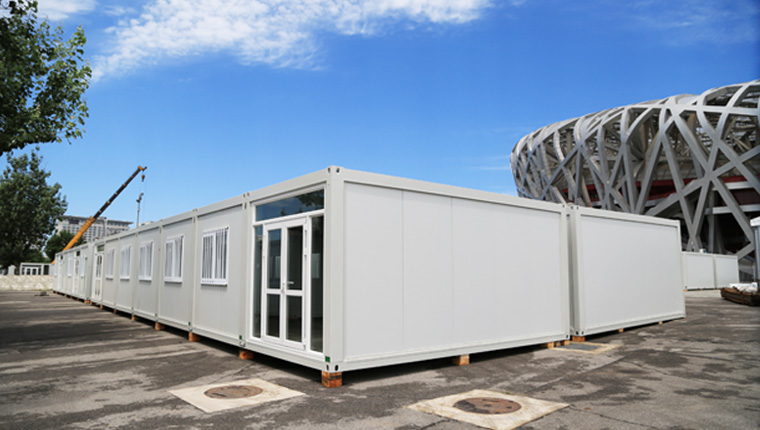
More
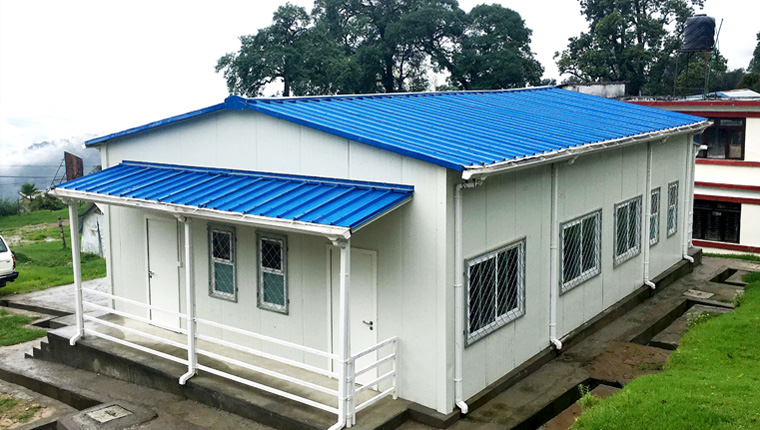
More
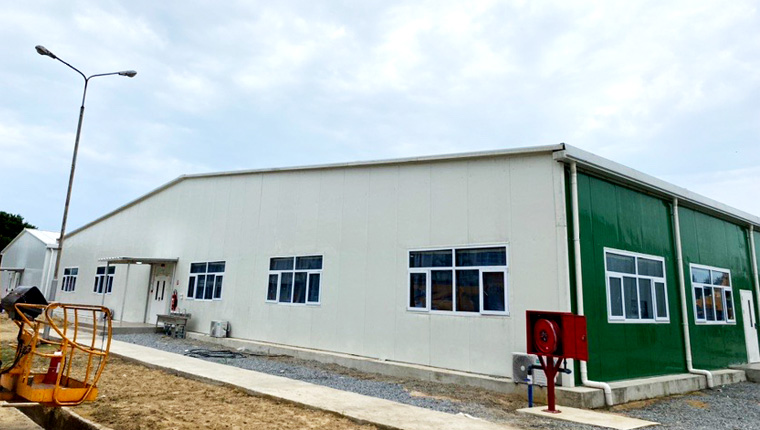
More
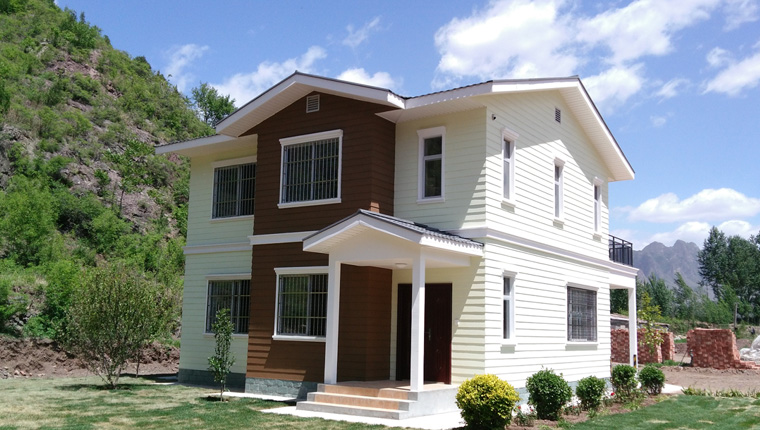
More
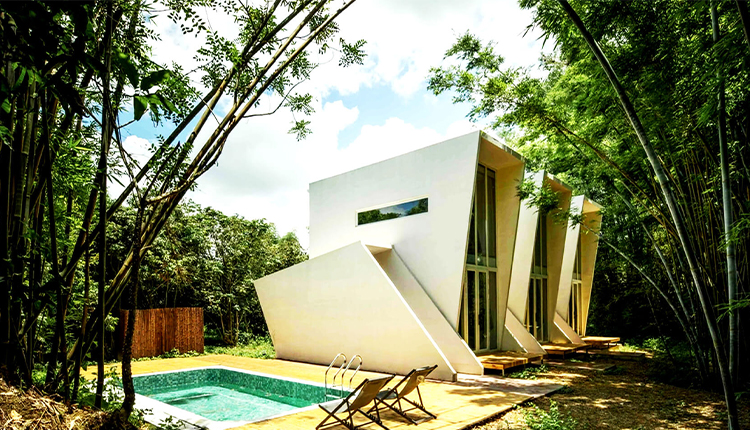
More
Learn More


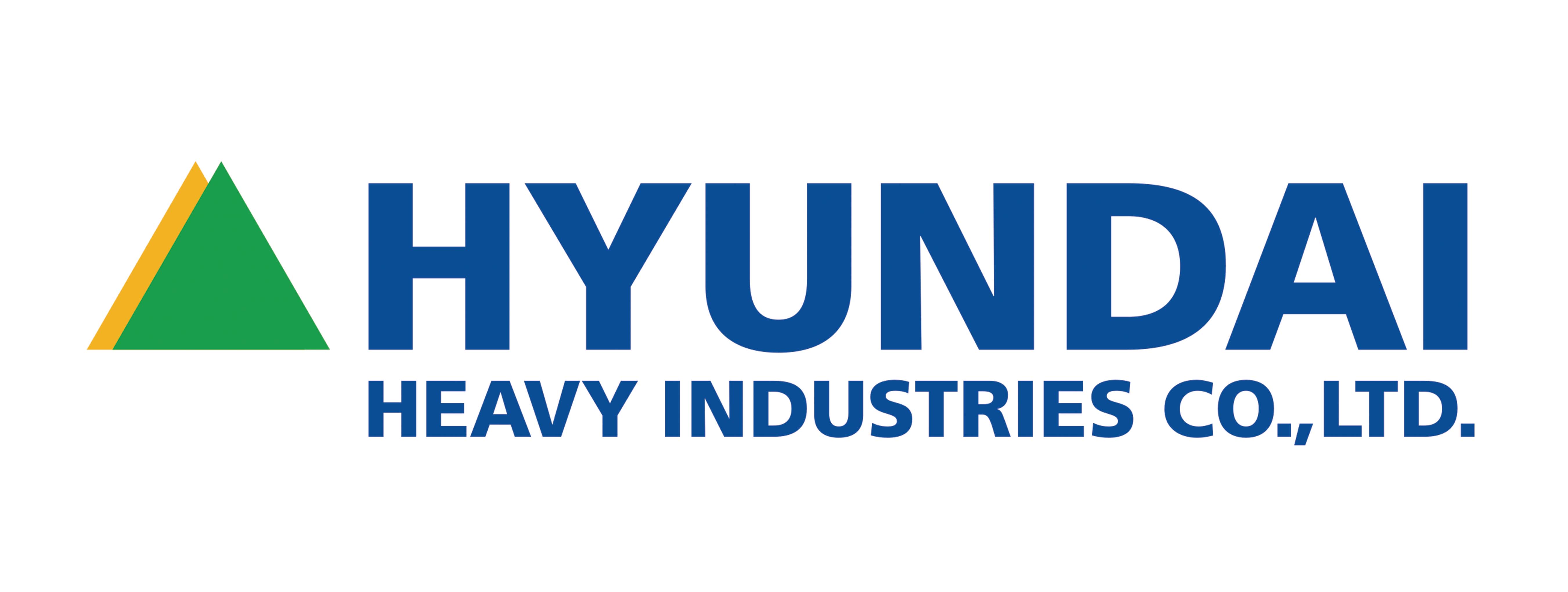
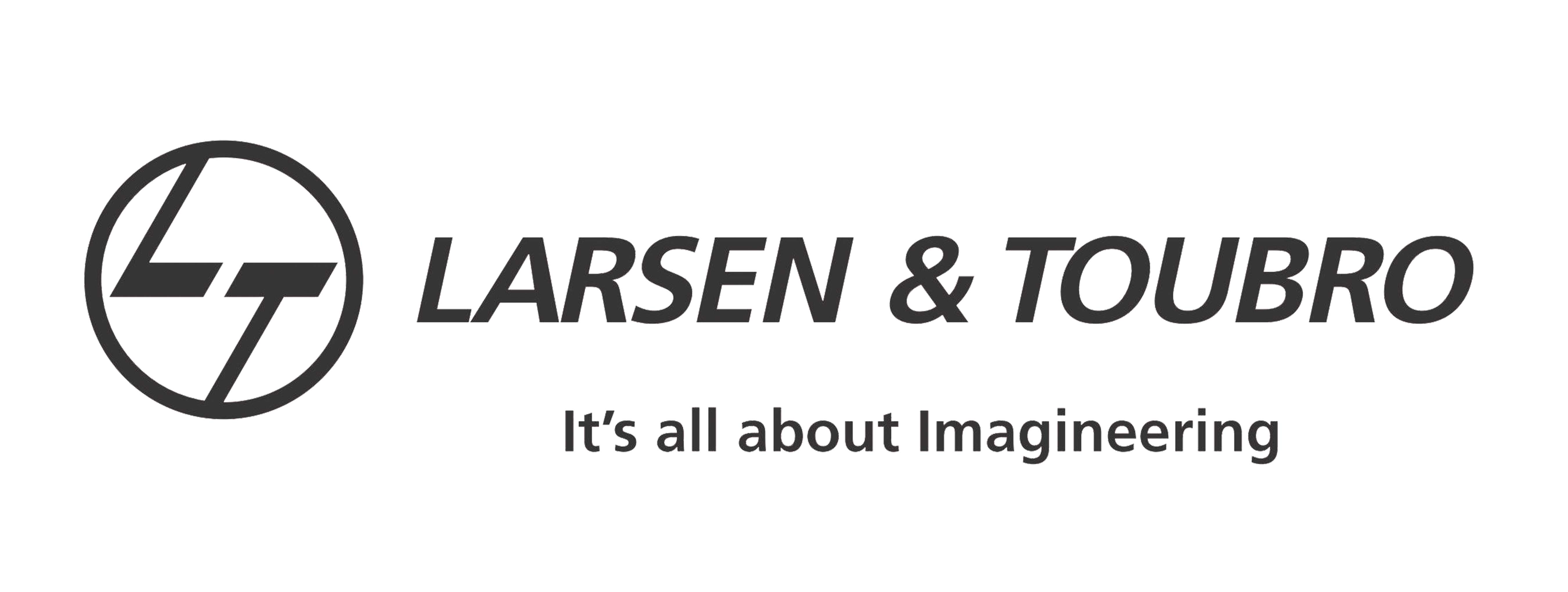





















![Top Advantages of Modular Construction Explained [2025]](/uploads/upload/images/20250424/0fb390068474145a09a8c0504c73b1d2.png)
